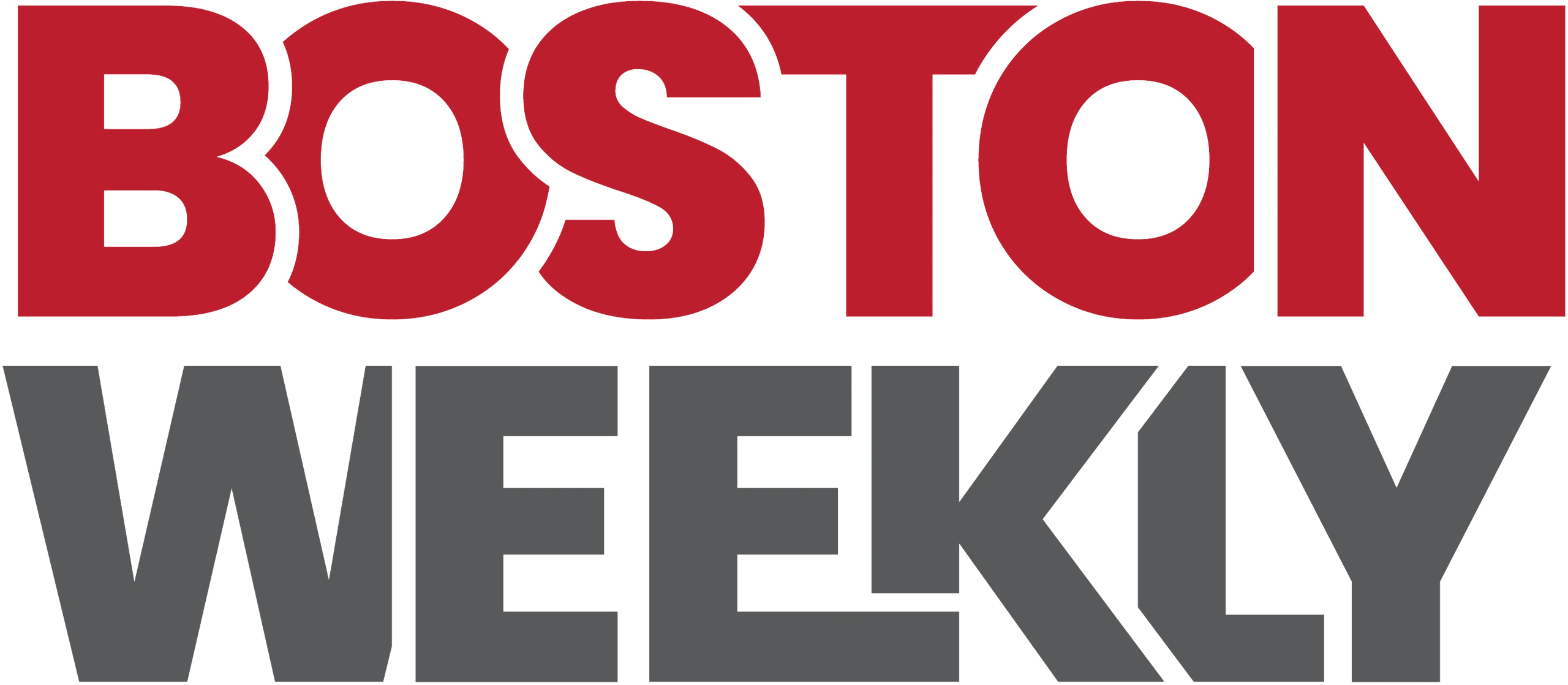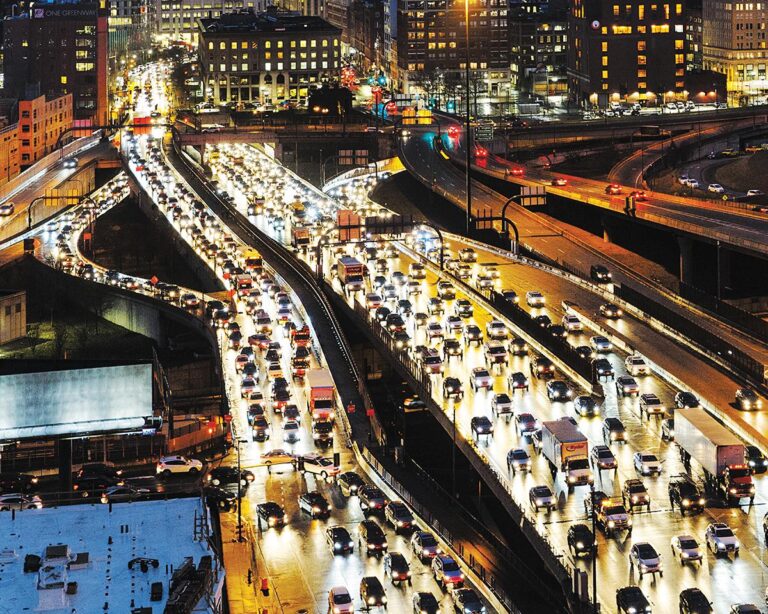Boston is taking bold steps to ease its notorious traffic congestion with the introduction of innovative strategies aimed at improving flow and reducing delays.As commuters and visitors alike face persistent gridlock on the city’s streets and highways,these new measures promise a smoother,more efficient travel experience. From enhanced traffic monitoring to smarter infrastructure planning, Boston’s approach leverages real-time data and technology to tackle one of its most pressing urban challenges, signaling a meaningful shift towards a less congested future.For real-time updates and live traffic conditions, residents can track developments and plan routes more effectively across the city. [1]
Table of Contents
- Boston Unveils Innovative Traffic Management Systems to Improve Flow
- Public Transit Expansion as a Key Solution to Urban Congestion
- Community Engagement Drives Support for New Transportation Policies
- Recommendations for Commuters to Navigate Boston’s Evolving Traffic Landscape
- In Summary
Boston Unveils Innovative Traffic Management Systems to Improve Flow
Boston’s Department of Transportation has recently launched a suite of advanced traffic management tools aimed at reducing congestion across key city corridors. Leveraging real-time data analytics and adaptive signal control technology, these systems dynamically adjust traffic lights to optimize flow during peak and off-peak hours. City officials report that early deployments on major routes have resulted in noticeable improvements in commute times and decreased stop-and-go traffic.
The new initiative also includes:
- Integrated traffic monitoring cameras that provide live updates to traffic control centers and the public.
- Enhanced traveler information platforms offering motorists timely alerts on road conditions, incidents, and construction updates.
- Collaboration with navigation apps to suggest alternate routes and ease bottlenecks before they develop.
With these innovative approaches, Boston is setting a new standard for urban traffic management, aiming to create a smoother and safer travel experience for all road users.
Public Transit Expansion as a Key Solution to Urban Congestion
Boston’s commitment to expanding public transit infrastructure is reshaping the city’s approach to traffic management. Recent investments have focused on extending subway lines, increasing bus frequency, and launching dedicated bike lanes, all designed to reduce reliance on personal vehicles. The addition of new routes and improved service reliability is already encouraging residents to opt for public transit options over driving, creating measurable decreases in traffic volumes during peak hours.
City officials emphasize that the benefits extend beyond congestion relief:
- Reduced greenhouse gas emissions by cutting down car trips
- Improved accessibility for underserved neighborhoods
- Economic advantages through lower transportation costs and enhanced connectivity
These efforts mark a strategic pivot towards enduring urban mobility-a key factor in alleviating Boston’s chronic gridlock challenges.
Community Engagement Drives Support for New Transportation Policies
Boston’s recent transportation overhaul owes much of its momentum to robust community engagement initiatives that brought residents’ voices to the forefront of policy discussions. Through diverse coalition-building efforts, local stakeholders collectively influenced decision-makers by sharing insights rooted in real-world commuting challenges and social equity concerns. This grassroots participation not only shaped the growth of targeted measures but also secured widespread public buy-in,critical for the smooth implementation of these new strategies.
Key elements contributed by the community included:
- Advocacy for expanded public transit routes connecting underserved neighborhoods
- Input on pedestrian-friendly infrastructure to improve safety and accessibility
- Support for sustainable transportation options that reduce environmental impact
- Recommendations for policies addressing health and socio-economic disparities linked to transportation
By actively involving a broad cross-section of residents and ensuring their perspectives directly impacted policy frameworks, Boston’s approach exemplifies how meaningful community collaboration can drive accomplished, equitable transportation solutions.[1][2]
Recommendations for Commuters to Navigate Boston’s Evolving Traffic Landscape
As Boston’s traffic dynamics continue to shift with new infrastructure projects and evolving road conditions, commuters are urged to stay informed and plan ahead. Utilizing real-time tools like the Massachusetts 511 travel app offers critical updates on traffic flow, construction zones, and accident reports. Drivers are encouraged to check live traffic maps and cameras before departure to select optimal routes and avoid unexpected delays. Adaptability in travel times and routes can substantially reduce time spent in congestion.
Commuters should also consider adopting choice transportation modes when possible to alleviate pressure on the city’s roadways. Options such as public transit, carpooling, cycling, or walking can provide not only faster travel but also contribute to lower environmental impact. Key practices include:
- Traveling off-peak hours to avoid rush-hour gridlocks
- Monitoring local traffic news for timely information on closures or incidents
- Using apps for real-time rerouting to bypass congestion hotspots
- Embracing flexible work hours when employer policies allow
By combining technology with mindful travel choices, Boston commuters can better navigate the city’s evolving traffic landscape and experience smoother, more predictable commutes.
In Summary
As Boston continues to implement these innovative traffic management strategies, residents and commuters can expect smoother journeys and fewer delays. While challenges remain, the city’s commitment to addressing congestion head-on marks a significant step toward a more efficient and accessible transportation network. For ongoing updates on traffic conditions and infrastructure developments, stay tuned to local news sources and official traffic reports [[1]](https://www.boston.com/tag/traffic/) [[2]](https://wbznewsradio.iheart.com/traffic/) [[3]](https://www.boston25news.com/traffic/).

